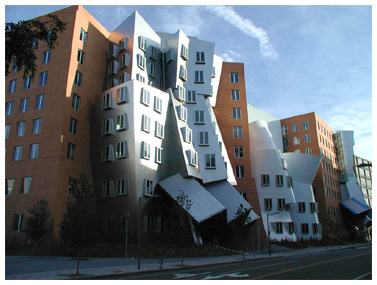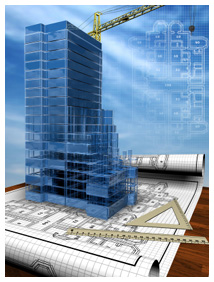Provider of Company’s Illegal Worker Payroll Cash Gets Prison Time
 This month a Florida man was convicted of operating an unlicensed money-transmitting business and was sentenced to two years in federal prison and forced to forfeit the money which he had gained for this crime. Andrew D. Lemine of Paisley, FL had been cashing checks over a period of 5 years for John Trubenbach Construction at the grocery store which he owned. He collected between 1 and 1.5 percent of the check amounts for this service, knowing that the construction company was using him in an attempt to hide the fact that they employed undocumented workers which they paid in cash in order to avoid paying
This month a Florida man was convicted of operating an unlicensed money-transmitting business and was sentenced to two years in federal prison and forced to forfeit the money which he had gained for this crime. Andrew D. Lemine of Paisley, FL had been cashing checks over a period of 5 years for John Trubenbach Construction at the grocery store which he owned. He collected between 1 and 1.5 percent of the check amounts for this service, knowing that the construction company was using him in an attempt to hide the fact that they employed undocumented workers which they paid in cash in order to avoid paying


 James S. Russell wrote
James S. Russell wrote  Green design, also know as sustainable design, is an advancing practice in the industry, thanks in part to the developers of the Condé Nast Building at Four Times Square in Manhattan, one of the earliest skyscrapers to be built under the principles of green design in the United States. Prior to this building’s completion in 1999, developers, architects and contractors had been learning about green design, but were hesitant to commit any large projects to the practice.
Green design, also know as sustainable design, is an advancing practice in the industry, thanks in part to the developers of the Condé Nast Building at Four Times Square in Manhattan, one of the earliest skyscrapers to be built under the principles of green design in the United States. Prior to this building’s completion in 1999, developers, architects and contractors had been learning about green design, but were hesitant to commit any large projects to the practice. A recent
A recent  On Friday
On Friday 